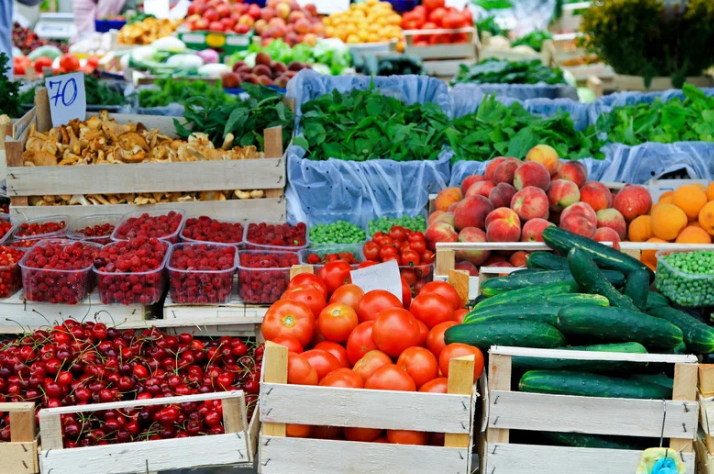
Think about the difference between a store-bought tomato in February and one picked fresh in the middle of summer. The summer tomato is juicy, sweet, and full of flavor, while the winter one is often bland. That’s the beauty of seasonal eating—foods taste better and give your body more of what it needs when you enjoy them in their natural season.
Why Seasonal Eating Matters
When you eat with the seasons, you’re:
- Getting more flavor. Produce that’s picked at its peak tastes better and makes meals more enjoyable.
- Boosting nutrition. Seasonal fruits and vegetables are often higher in vitamins and antioxidants.
- Saving money. Foods in season are usually more affordable and fresher than items shipped long distances.
- Living in rhythm. Seasonal foods often match what our bodies crave—light and hydrating in summer, hearty and warming in winter.
How It Helps Your Health
Nature provides what we need at the right time:
- Spring greens like spinach and peas help refresh and energize.
- Summer produce, such as berries, cucumbers, and tomatoes, keeps us cool and hydrated.
- Fall harvest foods like apples, sweet potatoes, and squash support immunity.
- Winter staples like root vegetables, nuts, and hearty greens keep us fueled and satisfied.
Simple Ways to Start
- Shop locally when you can. Farmers’ markets or local grocery stores often highlight what’s in season.
- Try one new fruit or veggie each week. This keeps meals exciting and builds variety.
- Add fresh foods to what you already eat. Toss greens into pasta, add berries to your yogurt, or slice cucumbers into your water.
- Cook with the season in mind. Soups and roasted veggies in the fall and winter; salads, smoothies, and grilled vegetables in spring and summer.
Seasonal Food Swap List
Try swapping common year-round choices with what’s in season for better taste, nutrition, and often a lower cost.
Spring Swaps
-
Swap iceberg lettuce → fresh spinach, arugula, or romaine for more vitamins.
-
Swap canned peas → fresh sugar snap peas or early green beans.
-
Swap dried herbs → fresh parsley, dill, or basil.
Summer Swaps
-
Swap canned peaches → fresh berries, peaches, or plums for natural sweetness.
-
Swap bagged salad → colorful tomatoes, cucumbers, or summer squash.
-
Swap chips → crisp watermelon slices or chilled cucumber rounds for a refreshing snack.
Fall Swaps
-
Swap white rice → roasted sweet potatoes, butternut squash, or pumpkin for extra fiber and antioxidants.
-
Swap applesauce cups → fresh apples or pears.
-
Swap frozen veggies → hearty fall produce like carrots, Brussels sprouts, or beets.
Winter Swaps
-
Swap iceberg lettuce → dark leafy greens like kale, collards, or Swiss chard.
-
Swap processed snacks → roasted nuts for protein and healthy fats.
-
Swap regular potatoes → turnips, parsnips, or rutabagas for variety and nutrition.
Think of seasonal swaps as a fun challenge—next time you shop, replace just one of your usual go-to items with something that’s in season. Over time, these small changes add up to healthier habits and more exciting meals.
The Bottom Line
Eating with the seasons doesn’t have to be complicated. Start small, experiment with new foods, and notice how your energy, mood, and meals improve. Think of it as an easy way to get back in tune with your body—and enjoy food the way it was meant to taste.





.jpg)







